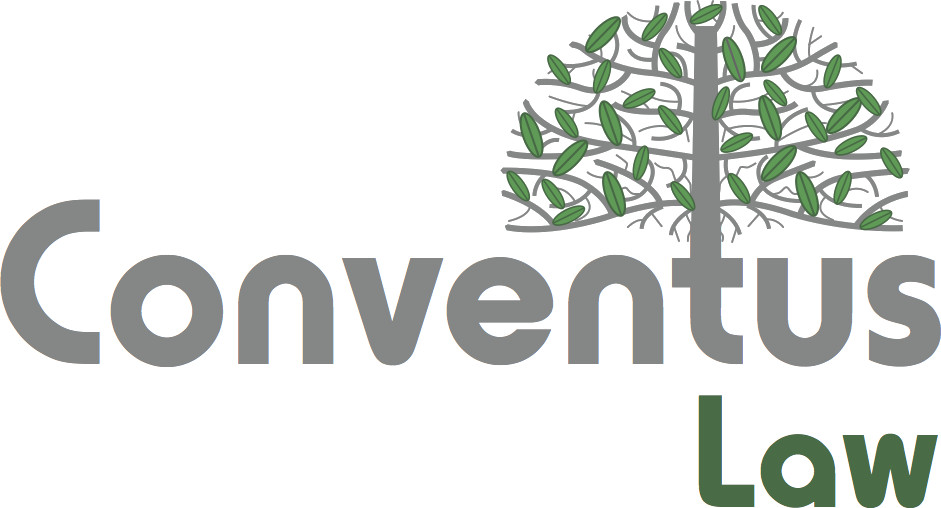India – ‘Fair Use’ In The Age Of AI.
The advent of large language models (“LLMs”) such as OpenAI’s GPT and Google’s Gemini has revolutionised how content is created, consumed, and commercialised. These generative AI systems, trained on massive volumes of publicly available data, can now generate human-like expressions at unprecedented pace and scale. While such technological advances are to be welcomed for their potential to enhance human capacity and to contribute to the progress of knowledge, they also raise fundamental yet profound questions about the extent to which the law is equipped to regulate such an foreseeable development.
This disruption has raised questions related to legality and the extent to which generative AI systems can use existing copyrighted material during their development and operation. Furthermore, at the heart of the debate is a crucial issue of balance — between safeguarding the legitimate interests of authors and rights-holders, and fostering innovation and the dissemination of knowledge.
The Indian Context: ANI v. Open AI
In India, the Delhi High Court is examining the legality of the operations of generative AI models in Asian News International v. OpenAI Opco LLC[1] (“ANI Dispute”). The plaintiff, a news agency, contends that the defendant, operator of possibly the most well-known AI tool presently in use — ChatGPT, in training its LLM, unlawfully used its proprietary content for its training. It further alleges that the model, in generating responses, reproduces elements of that content without licence or authorisation.
Among the myriad issues under consideration, three key questions arise. First, whether the storage and use of copyrighted material, in this case news material, for the purpose of training the LLM, constitutes copyright infringement under the Copyright Act, 1957 (“Copyright Act”). Second, whether the generation of responses based on that training data amounts to a secondary act of infringement. Third, whether either act may be properly characterised as ‘fair use’, within the meaning of Section 52 of the Copyright Act.
The resolution of these issues requires consideration of further nuances. While the defendant’s terms of use claim that the models are intended to generate original content rather than replicate existing works,[2] there remains a possibility of inadvertent repetition of copyrighted material, more commonly referred to as ‘regurgitation’[3] and ‘hallucination’[4] in AI-generated content. Equally, the statutory protection of ‘moral rights’ under Indian law complicates the position, as it permits authors to object not only to unauthorised reproduction, but also to modifications or distortions that may impair their reputation.[5]
The International Landscape
Globally, these issues are already under consideration by courts and lawmakers, although a uniform consensus is yet to emerge.
In the US, a key precedent for understanding fair use in technological contexts is that of Authors Guild v. Google Inc.[6], where the Second Circuit Court held that digitisation of books to create a searchable index was transformative and non-infringing as (a) it provided a new utility (search functionality) without reproducing full texts for reading, and (b) it did not harm the market for the original works, as snippets provided did not act as a substitute for the purchase of the books. However, whether that rationale extends comfortably to the assimilation of text on a vast and almost indiscriminate scale, with a view to producing outputs that may closely resemble the input data, as in the case of generative AI, remains an open question.
Parallelly, the United States Copyright Office has made its position on authorship clear. It maintains that copyright protection subsists only in works that reflect human creativity and excludes from protection those generated autonomously by AI. It distinguishes between using AI as a tool to assist human creativity, and using AI to make expressive choices.[7]
In the UK, the position is grounded more firmly in the traditional requirement of ‘human authorship’. This has been acknowledged in the context of Dr Stephen Thaler’s efforts to secure patents for inventions autonomously created by his AI system, DABUS. Globally, Dr Thaler’s applications were met with consistent rejection, reflecting a global consensus on human inventorship/ authorship in IP frameworks[8]. In Thaler v. Comptroller General of Patents, Designs and Trade Marks[9], the Supreme Court of the United Kingdom relied upon statutory language to hold that an artificial intelligence system could not be named as an inventor in a patent application. It was held that the statute presupposed a natural person as the subject of patent rights, and any change to that position was a matter best left for Parliament’s consideration.
The European Union, for its part, has proposed a comprehensive regulatory framework through its draft AI Act.[10] That instrument, though yet to be finalised and put into effect, aims to classify AI systems based on risk levels, with corresponding obligations imposed on those deemed to present higher risks.
It is notable that the EU’s legislation treats questions of transparency and accountability as central to the lawful deployment of such technologies, though the implications for intellectual property law are only beginning to be understood.
China has adopted a predictably centralised, regulatory-heavy approach to AI and IP, prioritising state oversight and compliance.[11] It mandates that AI providers respect IP rights and avoid infringement, aligning with China’s broader strategy of controlling technological development.
In India, the Ministry of Electronics and Information Technology has begun to address these challenges through a consultative and technocratic process. A sub-committee report published in January 2025 recommends the development of a techno-legal framework that is designed to foster “Responsible and Trustworthy AI”. The report acknowledges the limitations of existing law, and advocates an approach grounded in transparency, ethical oversight, and constitutional values. Judicially, the outcome of the ANI dispute is likely to be the first test of the AI vs intellectual property rights issue.
Towards the evolution of ‘Fair Use’
As generative AI systems continue to evolve, they present a significant challenge to the traditional understanding of copyright. Courts and lawmakers will need to examine whether the use of copyrighted works to train such systems can be accommodated within the existing fair use framework – subject to consideration of the pitfalls of regurgitation and hallucination, and addressing these issues pragmatically. It is evident that legislators and courts worldwide are already in seisin of the issue, and are approaching the issue carefully, giving due regard to the interests of stakeholders and society as a whole.
Moreover, while Indian law has not explicitly adopted the US standard of ‘transformative use’ as a formal test, there is scope to consider whether the purpose of such use is fundamentally different from that of the original work. This may still be within the pith and substance of the protections granted under Section 52 of the Copyright Act. If the training process is analytical rather than expressive, and the resulting outputs serve new and informational functions, there may be room to view such uses more liberally – particularly if there is no clear harm to the market.
The challenge for the law, as ever, is to adapt without abandoning principle. Finding a balance between protecting the rights of creators and fostering the kind of innovation that technologies like AI make possible is crucial. Fair use, carefully and contextually applied, may offer the tools to strike that balance.

For further information, please contact:
Pallavi Rao, Partner, Cyril Amarchand Mangaldas
pallavi.rao@cyrilshroff.com
[1] ANI Media Prv. Ltd. v. Open AI Inc. and Anr. (CS(COMM) 1028/2024)
[3] Replicate the expressive elements of its training data.
[4] Hallucination occurs when AI generates false or misleading information, raising challenges related to misattribution and the reliability of the output.
[5] Section 57, Copyright Act
[6] Authors Guild v. Google case (2015)
[7] Cmty. for Creative Non-Violence v. Reid (“CCNV”), 490 U.S. 730, 737 (1989) (emphasis added)
[8] United States: In Thaler v. Vidal (2022), the Federal Circuit Court ruled that inventors must be natural persons, a decision upheld when the U.S. Supreme Court declined review in 2023. This reaffirmed that AI cannot hold patent rights under current U.S. law.
United Kingdom: The UK Supreme Court’s unanimous ruling in Thaler v. Comptroller General (2023) echoed this, stating that only humans can be inventors, leaving AI-generated inventions unprotected without legislative change.
Australia: The Full Court of Australia, in Commissioner of Patents v. Thaler (2022), overturned an earlier decision and denied AI inventorship, aligning with global norms.
European Patent Office: In J 0008/20 (2021), the EPO rejected Thaler’s application, reinforcing that inventors must be human under European patent law.
South Africa: Uniquely, South Africa granted a DABUS patent in 2021, leveraging its non-examining patent system, making it an exception to the global trend.
[9] UKSC/2021/0201
[10] EU Artificial Intelligence Act | Up-to-date developments and analyses of the EU AI Act
[11] The Interim Measures for the Management of Generative Artificial Intelligence Services.





